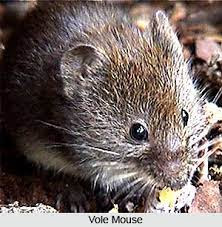High altitude environment of Himalayan region

The high altitude environment has its own climatic complex of low atmospheric pressure, atm ospheric cold, atmospheric aridity, light, snow cover, and also microclimate. The high-altitude areas pose threat to wildlife,threatened high-elevation mammal, Multiple threats to Himalayan biodiversity, Other Threats and also feeling the impacts of climate change. High altitude environment of Himalayan region:- The Himalay, by prudence of its area and staggering level, goes about as an extraordinary climatic separation and manages meteorological circumstances in the subcontinent districts of South Asia. In any case, the related intricacies and their belongings are yet to be set out to figure out the meteorology of the Indian Himalayan District (IHR). In this audit volume, we combine the outcomes and derivations of a few examinations did in the IHR involving in situ information, somewhat detected information, and model-based meteoro...
